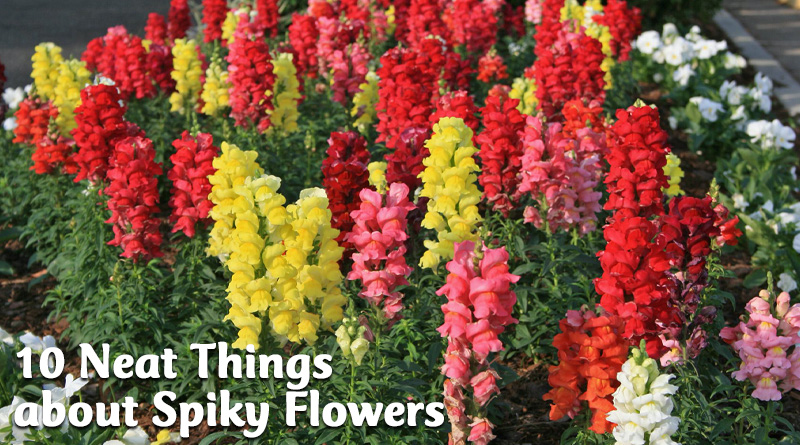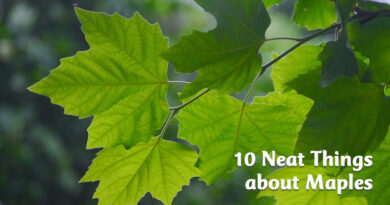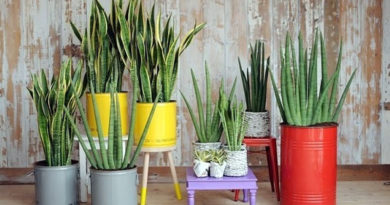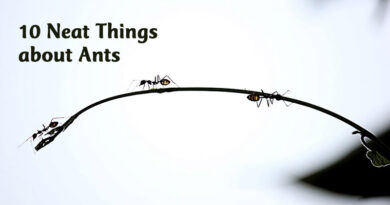Spiky Flowers
1. Flowers on spikes.
Spiky flowers could refer to flowers with spikes or flowers that form on a spike-like stem; we’re using it to refer to the latter. Why would flowers form this way? It is one strategy for pollination. Grouping the flowers together attracts pollinators (less flying from flower to flower) and having flowers one on top of another capitalizes on gravity (pollen is more likely to fall onto another flower than the ground).

2. Hyacinth.
Beautiful to behold harbinger of spring? Or skin-irritating flower with an overpowering smell? Some people find the scent of hyacinth objectionable. Hyacinths also contain oxalic acid, which will irritate the skin even of those who love the plant. Florists know this and wear gloves when handling them.
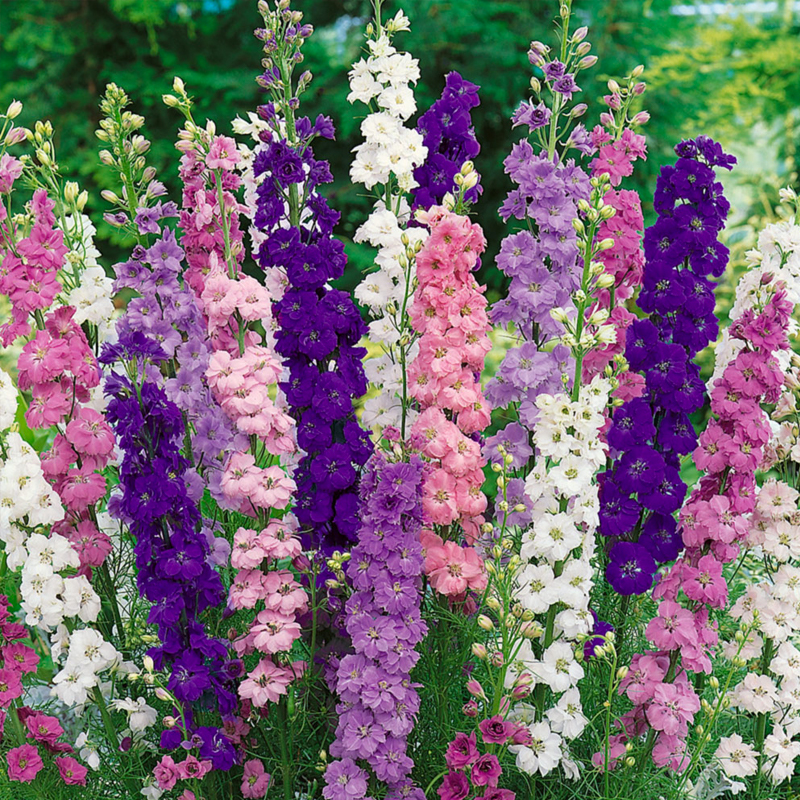
3. Delphinium.
The name delphinium comes from the Latin word for dolphin. Why? Because the nectary, the part that shoots out the back of the flower, is curved like a dolphin.

4. Foxglove.
Foxgloves are biennials, meaning that they live for two seasons and flower in the second season. In the first season, only leaves grow. If you’ve never noticed this, it’s because they self-sow readily; some of the foxgloves in a patch are second-year and flowering and others are first-year and nonflowering.
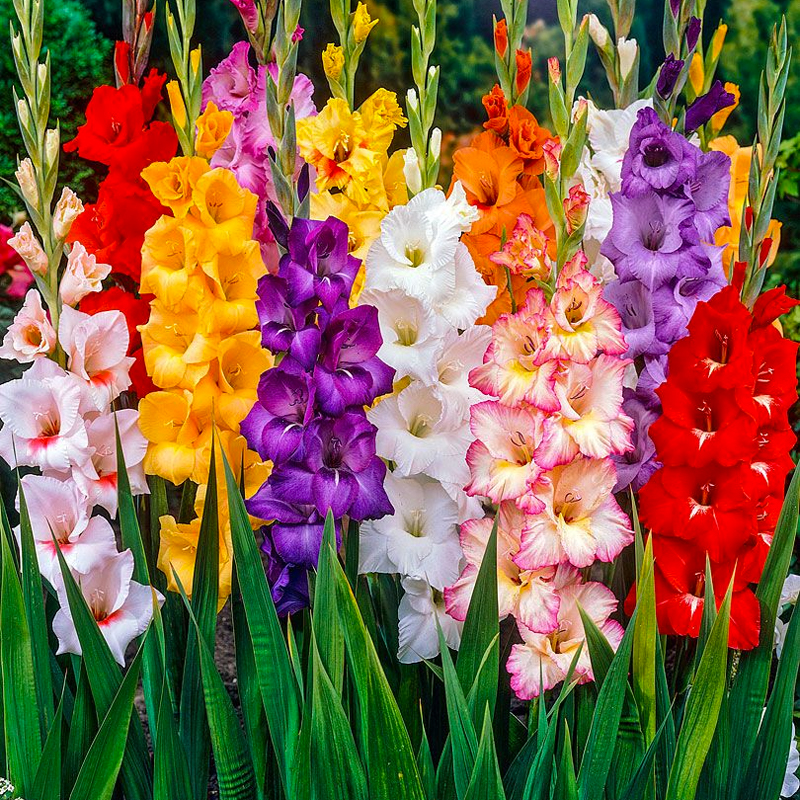
5. Gladiolus.
The gladiolus grows from a corm, not a bulb. What’s the difference? A corm is made of stem tissue which is swollen to contain the food which will grow into a flower. A bulb, on the other hand, already has the flower inside of it. If you cut a bulb in half, it is like an onion, with layers. A corm has no layers.
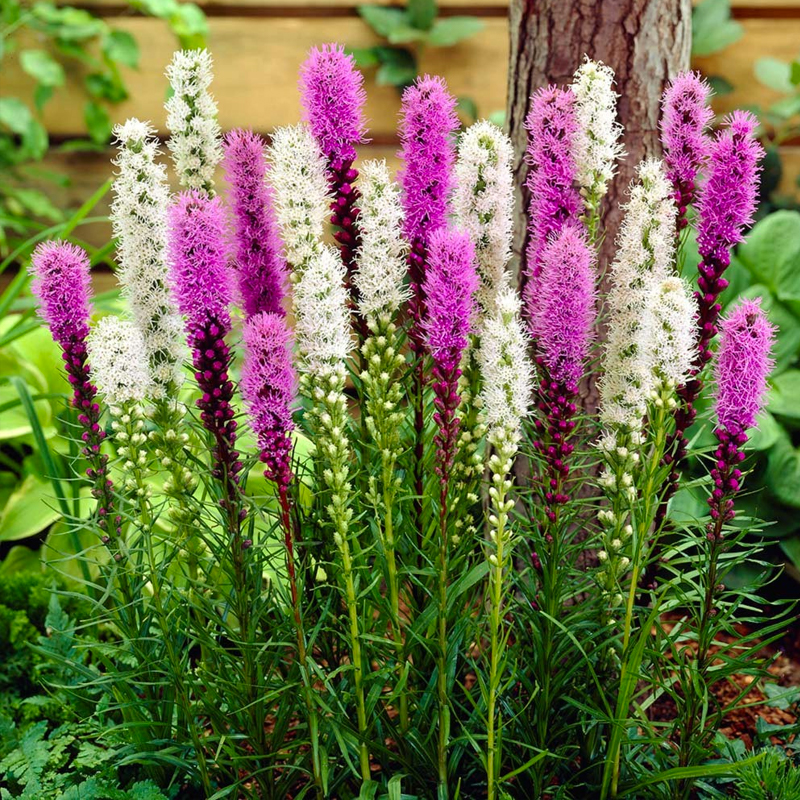
6. Liatris.
Also known as blazing star or gayfeather, this spiky flower is native to North America. The species that became the garden variety, Liatria spicata, is native across Canada, from the west coast to the east. Indigenous peoples used it as an expectorant and an analgesic.
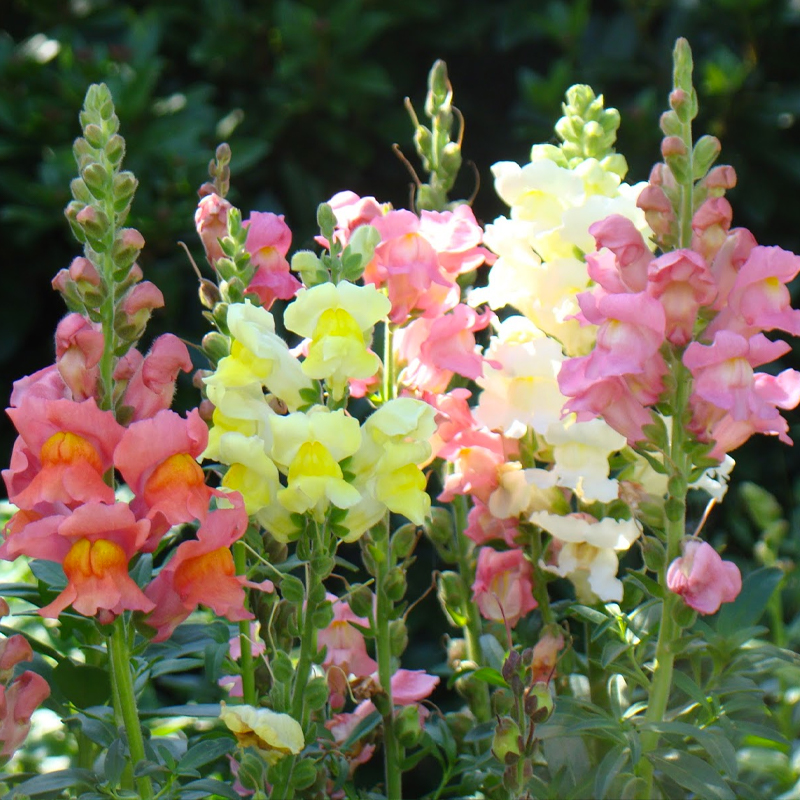
7. Snapdragon.
They’re edible! And they’re added to salads and cakes in some high-end restaurants. The only problem is… they don’t taste good. They range from tasteless to quite bitter. At least they’re pretty!
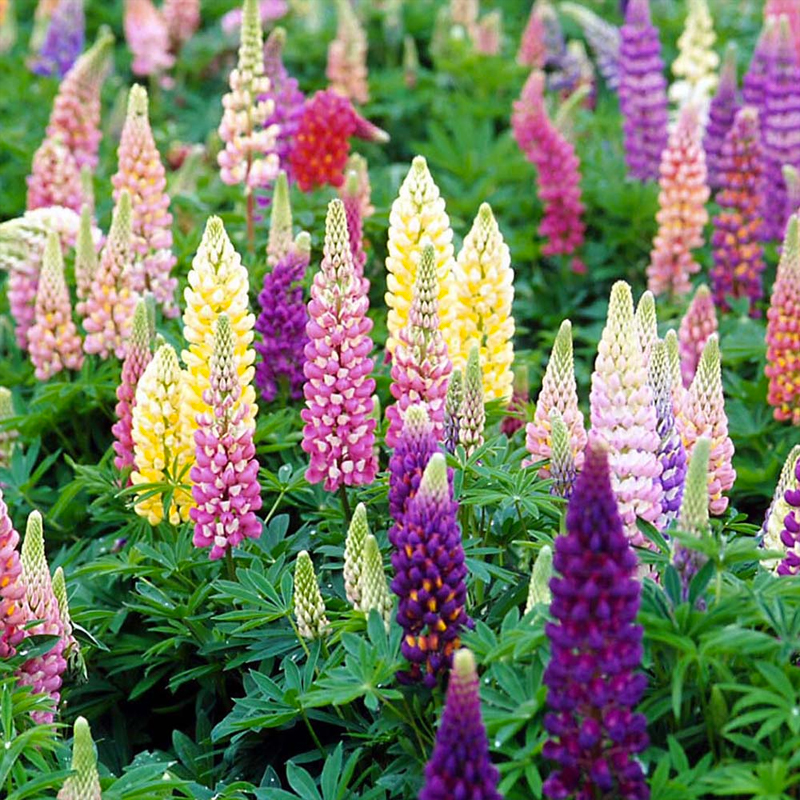
8. Lupin.
Lupinus is a wide-ranging genus of plants that were used for food long before being used for the garden. Italians eat lupini beans and different cultures in Europe brine the seeds of the white lupin for pickles. Many native North and South Americans ate the beans, too. But if you have a peanut allergy, the chances that you have a food allergy to lupins is high.
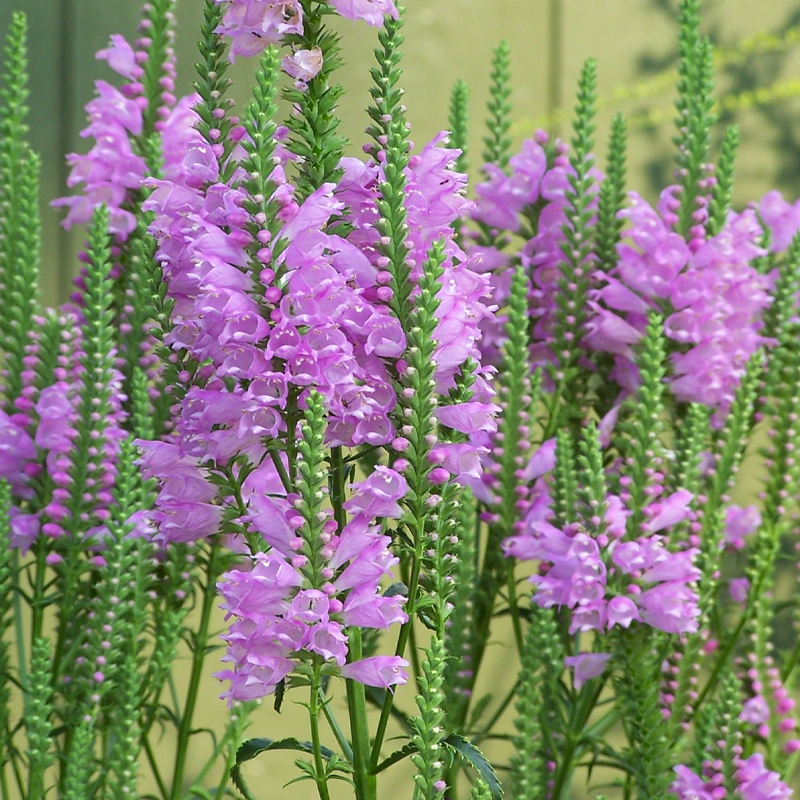
9. Obedience.
If you’ve never played with these flowers, you should. The individual blooms of obedience plant are lined up on the spike. If you move one bloom, or a row of them, to one side, it will stay there for a while. It’s kind of neat.
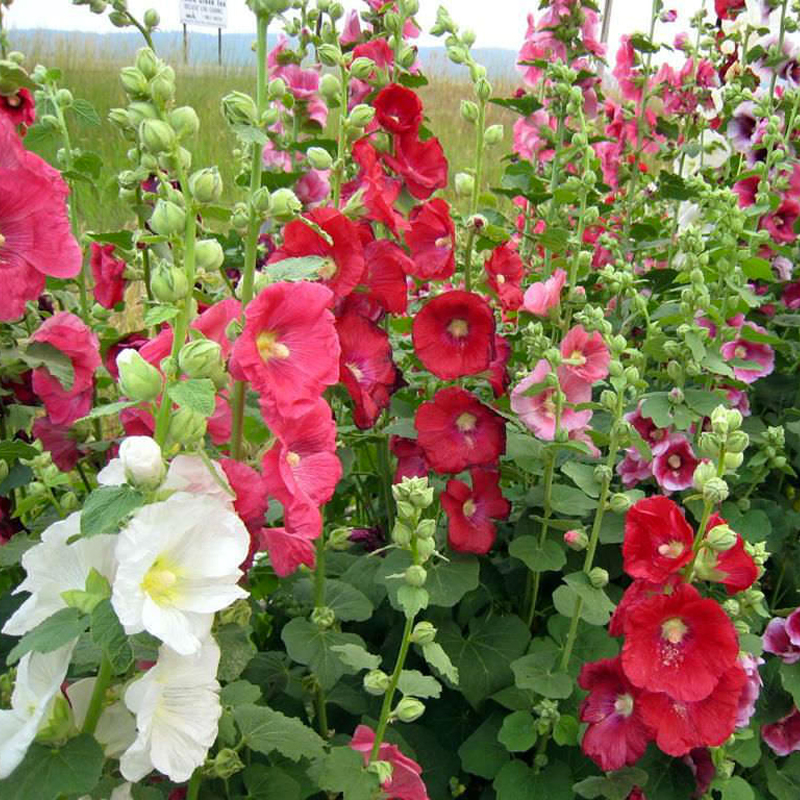
10. Hollyhocks.
Some folks claim that the type of soil the plants grow best in depends on the colour of the flower, with lighter colours preferring clay soil and darker colours preferring sandy soil. We haven’t tested it and can’t say whether it’s true.
– Shauna Dobbie Copyright©
Pegasus Publications Inc.



